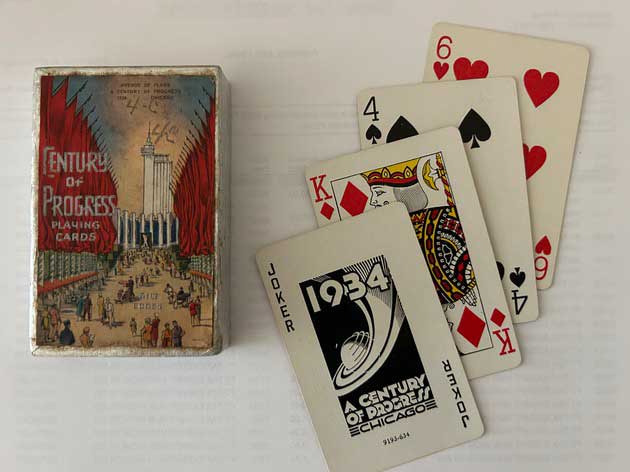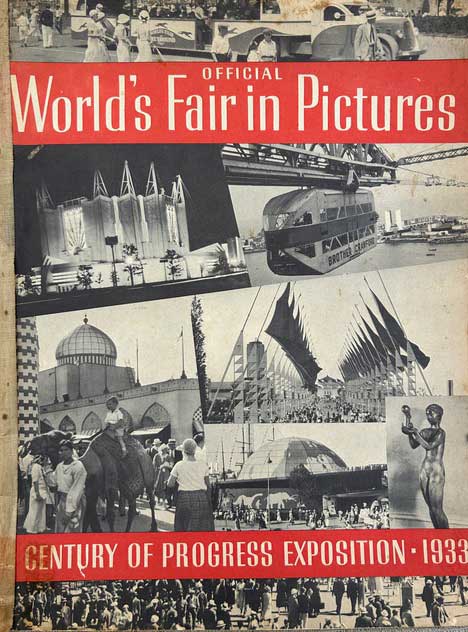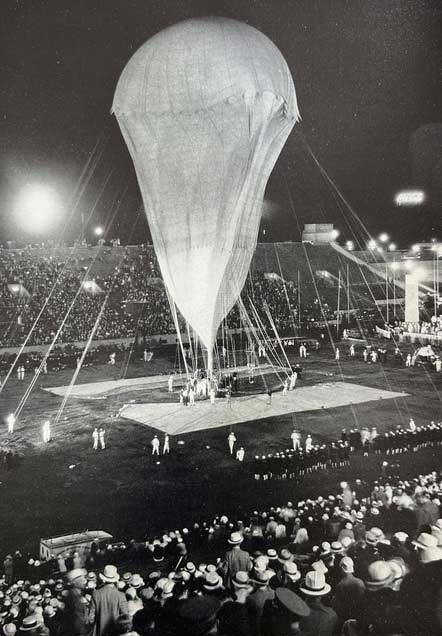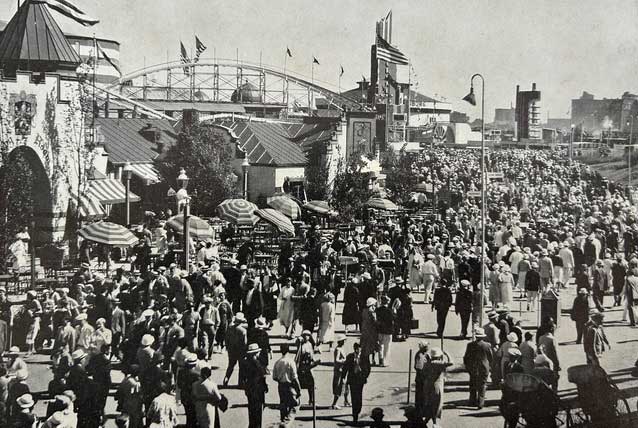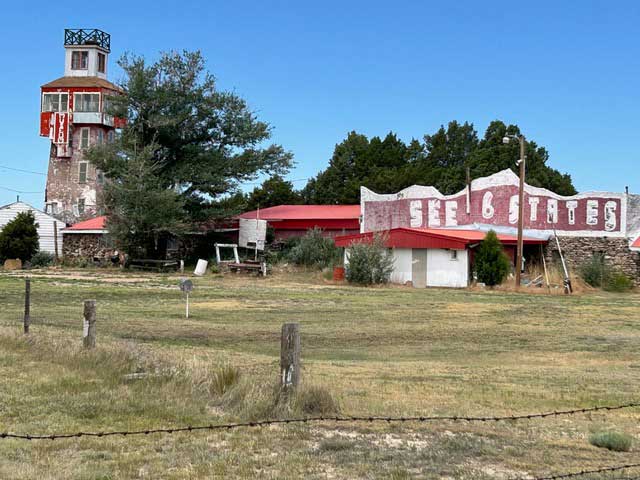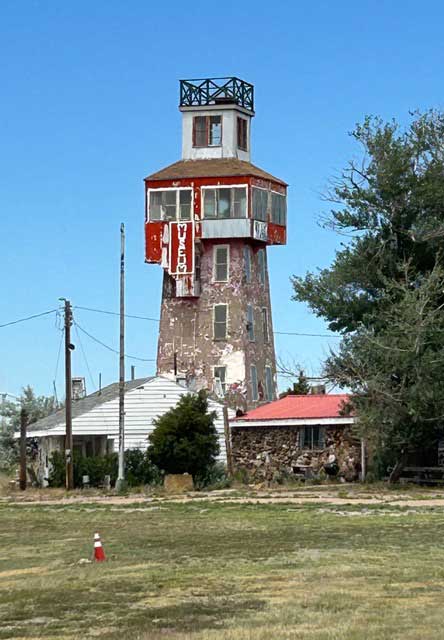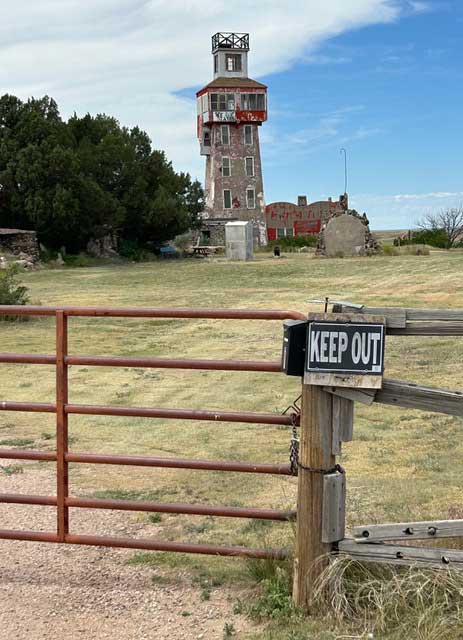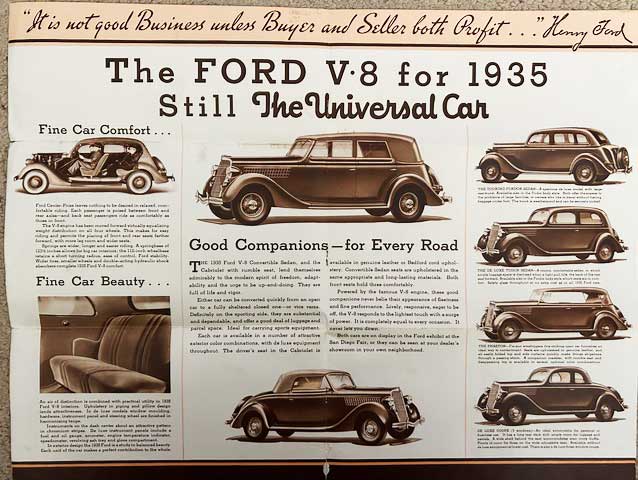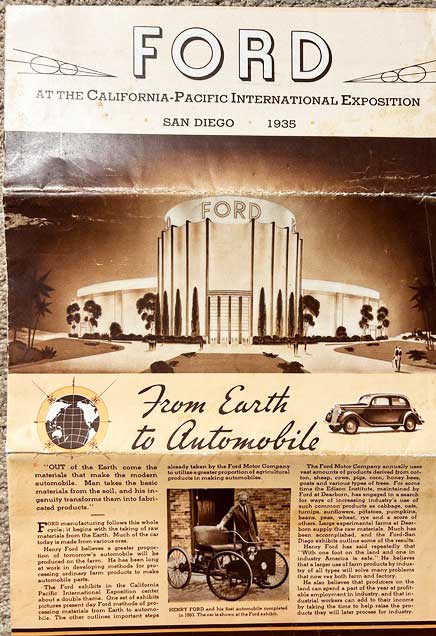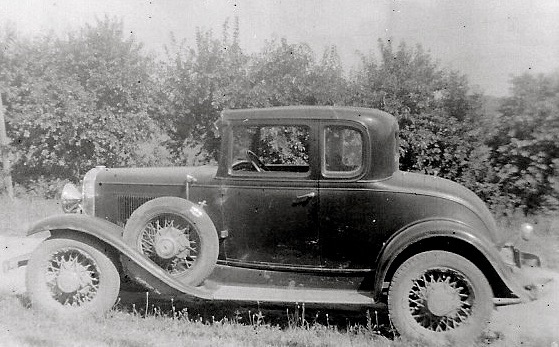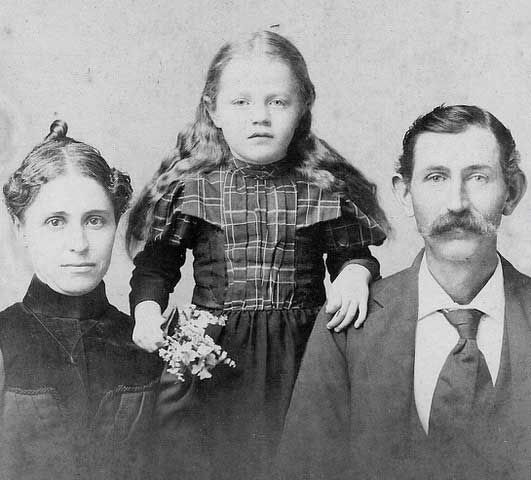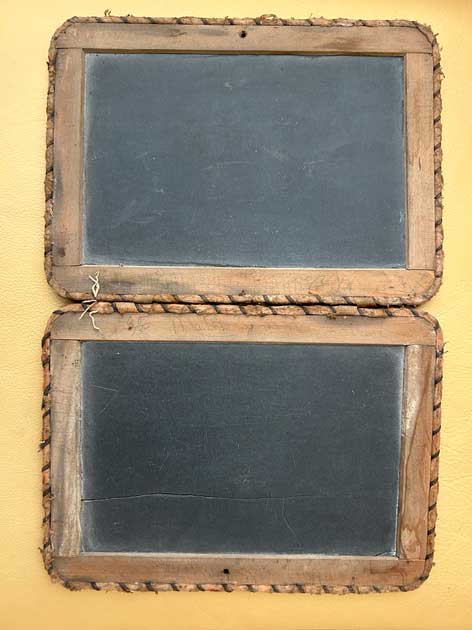‘Forgotten airport’ found in Kansas City Area
October 2024
Vintage Discoveries
‘Forgotten airport’ found in Kansas City Area
by Ken Weyand
When I was putting together the 1970 book, “Aviation History in Greater Kansas City,” a few of the old-time pilots I interviewed mentioned the old “Police Airport” in North Kansas City. Located just west of Burlington Avenue, the airport was little more than a grass strip, and didn’t “make the cut” to be included in my compilation, which included Kellerstrass Field at 87th & Holmes Road.; Old Richards Field, south of Highway 50; and New Richards Field, later to become Kansas City Municipal (eventually Kansas City Wheeler Airport).
In the book “Bridge to the Past, A Personal History of North Kansas City,” published in 1983 under the auspices of the City Council and edited by Mildred Fulton, an “early-day barnstormer,” A. E. (Ace) Reynolds was credited as coming to North Kansas City and renting a room on Erie Street “because he needed to be close to an airport!” It was 1923 and Reynolds was learning to fly.
The article stated that Reynolds was not only close to the old Municipal Airport but to “Police Airport” as well. The Police Airport was essentially a hayfield just east of Burlington Avenue where the retail complex that once housed the old Dolgin’s store would be built. At the edge of the hayfield was a “hay barn and an old metal shed which was used as a hangar,” according to Reynolds.
Reynolds recalled that in 1923 the pilots refueled their airplanes from a “large square portable tank with its dispersing pump and drums with oil.” He mentioned that the “airport” had a second landing strip with a hay barn for a hangar near where Cook’s Paint is now.”
Ace Reynolds was a barnstormer, a test pilot, and an instructor at the Art Goebel School of Flying at the Municipal Airport. “I can remember taking off at Municipal Airport and landing at Rugel’s (a big drive-in restaurant) on Burlington one noon,” he said. “They ran an ad in a newspaper after that, reading ‘Drive-In, Fly-In Service.’ The CAA made short work of that, though.”
When I was doing research for my book, I interviewed many old-time local pilots, including Ben Gregory, a veteran barnstormer and North Kansas City resident then in his 80s. Gregory recalled a short grass strip running basically east-west alongside the levee near present-day Macken Park. But in those days, Gregory said, there were fewer houses or other obstructions, and a lot of small fields served as airstrips.
(Visit www.claycountyhstoricalsocietymuseum.org to learn more about Clay County, Missouri history.)
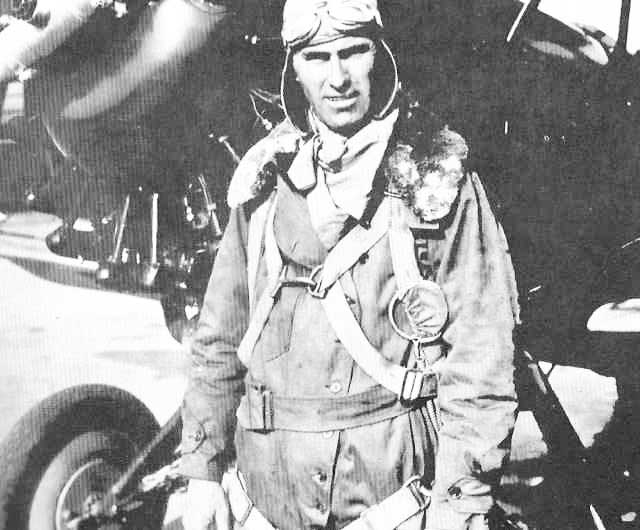
Art Goebel, noted Kansas City area pilot in the 1920s, established a school for pilots at the old Kansas City Airport. Ace Reynolds was one of his instructors. Goebel later worked as a stunt pilot in Hollywood, and in 1927 piloted the winning aircraft in the Dole Air Race from Oakland, CA, to Hawaii.
Ken Weyand is the original owner/publisher of Discover Vintage America, founded in July 1973 under the name of Discover North.
Ken Weyand can be contacted at kweyand1@kc.rr.com Ken is self-publishing a series of non-fiction E-books. Go to www.smashwords.com and enter Ken Weyand in the search box.


